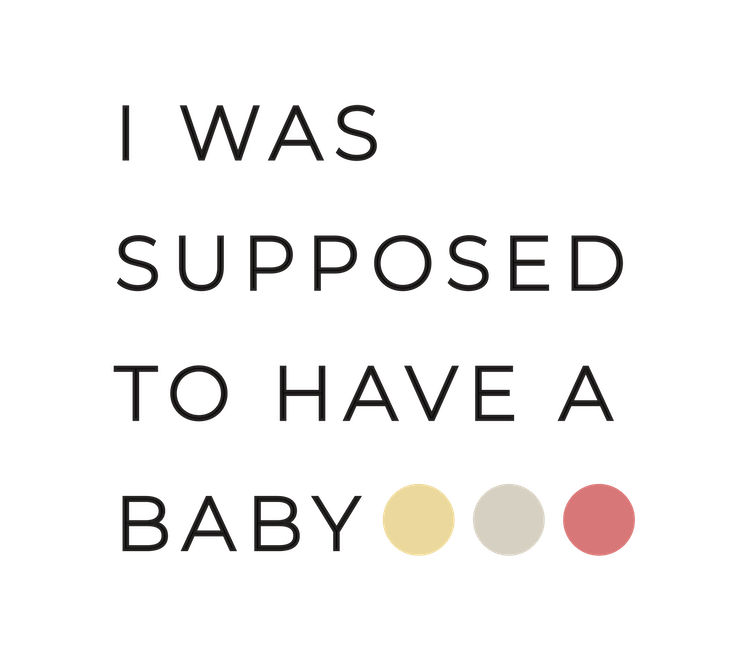Family Building for Individuals in the LGBTQ+ Community
The family building process can already be isolating.
In communities where there’s also a lack of understanding and support for LGBTQ+ family building, there are additional isolating factors.
1) Some fertility organizations won’t work with LGBTQ+ couples/individuals, adding to the feeling of exclusion
2) Many fertility centers operate within a heteronormative framework, leading to the erasure of LGBTQ+ identities (e.g., crossing off “husband” to write wife/partner)
3) Incorrect pronoun usage and lack of gender-inclusive language contribute to othering





